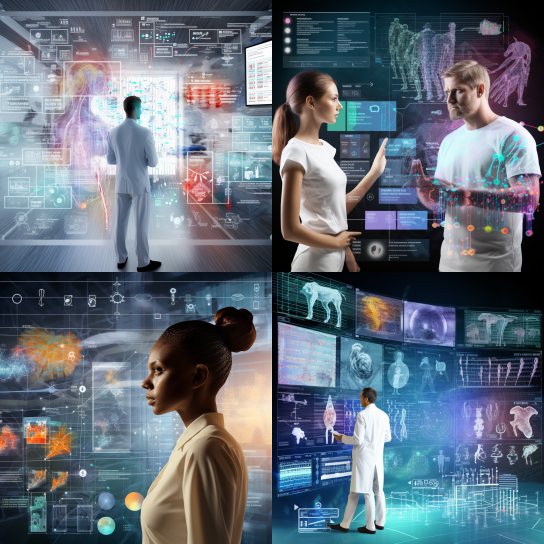BRIEFLY EXPLAINED TECHNICAL BACKGROUND OF AI
BRIEFLY EXPLAINED TECHNICAL BACKGROUND OF AI
BRIEFLY EXPLAINED TECHNICAL BACKGROUND OF AI
TECHNICAL BACKGROUND OF AI
Artificial Intelligence has facilitated us in almost every field of life and has immense scope in future for more produc- tivity and betterment. The origin of artificial intelligence goes back to the advances made by Alan Turing during World War II in the decoding of messages. The term as such was first used in 1950, but it was only in the 1980s when research began to grow with the resolution of algebra equations and analysis of texts in different languages. The definitive takeoff of Artificial intelligence has come in the last decade with the growth of the internet and the power of microprocessors.
”Artificial intelligence may be the most disturbing technology the world has ever seen since the industrial revolution” Paul Daugherty, Accenture’s chief technology officer, recently wrote in an article published by the World Economic Forum. This field is now boom- ing due to the increase in ubiquitous computing, low- cost cloud services, new algorithms and other innovations, adds Daugherty.
Real "AI Buzz" | AI Updates | Blogs | Education
Developments in Artificial Intelligence go hand in hand with the development of processors that over time have made them start to see these technologies as intellectual, even changing our idea of intellect and forthcoming the perceptions of ’machine’, traditionally un- intelligent capacity previously assigned exclusively to man.
The AI was introduced to the scientific community in 1950 by the English Alan Turing in his article ”Computational Machinery and Intelligence.” Although research on the de- sign and capabilities of computers began some time ago, it was not until Turing’s article appeared that the idea of an intelligent machine captured the attention of scientists. The work of Turing, who died prematurely, was continued in the United States by John Von Neumann during the 1950s.
His central contribution was the idea that computers should be designed using the human brain as a model. Von Neumann was the first to anthropomorphize the language and conception of computing when speaking of memory, sensors etc. of computers. He built a series of machines using what in the early fifties was known about the human brain, and designed the first programs stored in the memory of a computer.
McCulloch (1950) formulate a radically different posi- tion by arguing that the laws governing thought must be sought between the rules that govern information and not between those that govern matter. This idea opened great possibilities for AI. In addition, Minsky (1959) modified his position and argued that imitation of the brain at the cellular level should be abandoned. The basic presuppositions of the theoretical core of the AI were emphasis on recognition of thought that can occur outside the brai].
On 1958, Shaw and Simon design the first intelligent program based on their information processing model. This model of Newell, Shaw and Simon was soon to become the dominant theory in cognitive psychology. At the end of the 19th century, sufficiently powerful formal logics were obtained and by the middle of the 20th century, machines capable of make use of such logics and solution algorithms.
Read More









Leave a Reply